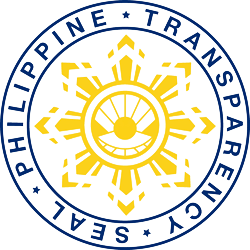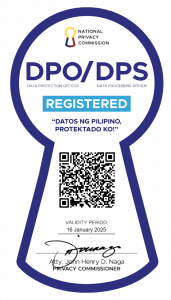By: Babe Romualdez
I am currently in San Francisco, California, having just come from Honolulu where – together with Executive Secretary Bingbong Medialdea, Foreign Affairs Secretary Alan Peter Cayetano, Defense Secretary Delfin Lorenzana and Interior Secretary Eduardo Año – we had briefings with US Pacific Command (USPACOM) Commander Admiral Harry Harris on issues that are of mutual interest to the Philippines and the United States.
California is home to the biggest population of Filipino-Americans in the US, with a big number of them residing in San Francisco. I was accompanied by Consul General Henry Bensurto Jr. to some meetings, among them a luncheon meeting with the Board of Trustees of the World Affairs Council of Northern California where I spoke before an audience of about 40 people.
World Affairs of Northern California is a non-profit organization that was founded in 1947 following the San Francisco Conference that gave birth to the United Nations. Its mission is to explore issues and opportunities that transcend borders, and it serves as a neutral forum to tackle issues of global concern. The invited speakers coming from many countries are diplomats, heads of state, thought leaders and experts on topics that include economy, security, climate change, technology and many others.
The luncheon meeting was very productive, and it was a very welcome opportunity to share the efforts of the government to make positive and meaningful change for the Filipino people by transforming the economy, creating jobs and ensuring that growth is both equitable and inclusive.
A lot of businessmen are curious to find out what investment opportunities are available and the industries that show promising growth. As I told the WAC audience, the services sector continues to be a leading driver of the Philippine economy, posting a 7.1 percent year-on-year growth. The IT/Business Process Management industry is also projected to generate about $40 billion to $50 billion by 2020, which in turn would generate an estimated 1.3 million to 1.5 million direct and indirect jobs.
The administration of President Duterte, in particular the Economic cluster chaired by Finance Secretary Sonny Dominguez, is working hard to make the Philippines a very attractive investment destination, relentless in the fight against corruption in government, pushing for reforms in domestic regulations and instituting improvements to cut down on red tape and facilitate ease in doing business in the Philippines.
Underpinning the government’s efforts to make growth inclusive and cut down poverty from 21.6 percent to at least 14 percent in 2022 is the “Build, Build, Build” program which is by far the biggest and most ambitious infrastructure program in the country’s history, with the government expected to spend 7.4 percent of GDP by 2022 on infrastructure alone. As the president himself described it, the “Build, Build, Build” program will provide the “solid backbone for growth” as it will upgrade infrastructure, connect more people and communities and create more jobs.
The Philippine economy, which grew by 6.7 percent in 2017, is clearly on an upward trajectory, with international institutions such as the World Bank, the International Monetary Fund and the Asian Development Bank all saying that the Philippines is one of the fastest growing economies not only in Asia but the world.
There are so many positive developments that are happening in the Philippines, and these stories must be told especially now with the growing interest among American businessmen, many of whom are supporting a bilateral free trade agreement between the Philippines and the United States.
John Goyer, the US Chamber of Commerce Senior Director for Southeast Asia, noted that “Asia could get the United States back in the game for opening foreign markets, and the Philippines could be the place to start.” The Philippines, with its sizeable market, is “a logical partner,” Goyer said, also pointing to the measures undertaken by the Philippines to open up the market in various industries. He also cited the efforts to improve intellectual property protection and enforcement, and the discussions about constitutional reforms – or Charter change – to allow more foreign investment participation in certain sectors.
The idea of a bilateral free trade agreement between the Philippines and the US actually started during the visit of President Trump to Manila, with both sides agreeing to conduct exploratory talks through the US-Philippines TIFA (Trade and Investment Framework Agreement). My first official working day as US Ambassador to the Philippines actually revolved around the TIFA discussions between US and Philippine delegates, and we have been continually working to enhance the exploratory dialogues.
I was with DTI Undersecretary Ceferino Rodolfo who is also the managing head of the Philippine Board of Investments, and we had roundtable and business discussions in San Francisco with key business representatives from over 20 companies and business organizations that include QB3 Hewlett Packard, the University of California San Francisco and the Port of San Francisco.
A national branding campaign for the Philippines was suggested to encourage more business and investments from the US. A key sector that should be highlighted aside from infrastructure and manufacturing is IT, especially since the Philippines is a top source of talent – primarily engineers and scientists – in the tech workforce of Silicon Valley in California. There has been rapid growth in the startup ecosystem in the Philippines, with the government launching programs to help strengthen the businesses of young entrepreneurs who want to tap into foreign markets like the United States. IT has the potential to support the economic development goals of the Philippines through technology, science and innovation, and we hope to spark greater interest in the startup ecosystem of our country among American businesses and organizations.



